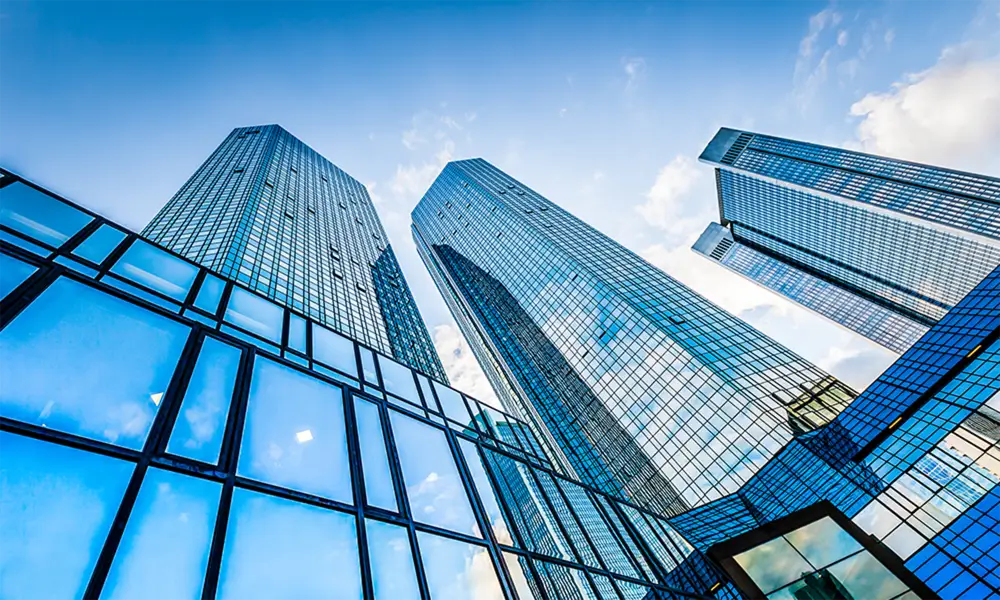

The Emergence of Clear Low-E Glass A Game Changer in Energy Efficiency
In an ever-evolving world of architecture and design, the demand for sustainable building materials has surged significantly. Among these, clear low-emissivity (low-E) glass stands out as a modern marvel, marrying aesthetic appeal with energy efficiency. Understanding the properties, benefits, and applications of clear low-E glass is essential, as it represents a significant shift towards greener building practices.
Clear low-E glass is a type of insulated glass that has a microscopic coating designed to reflect infrared energy while allowing visible light to pass through. The “low-E” designation refers to the low emissivity of this glass; it minimizes heat transfer, making it an effective barrier against unwanted thermal loss. This feature is particularly critical in both residential and commercial buildings, where maintaining optimal indoor temperatures can significantly reduce heating and cooling costs.
The Emergence of Clear Low-E Glass A Game Changer in Energy Efficiency
From a performance perspective, the benefits of clear low-E glass are profound. When properly installed, it can reduce heat loss during winter months and minimize heat gain in the summer. This not only contributes to lower energy bills but also enhances the comfort of the indoor environment. Indoor spaces are less prone to temperature fluctuations, leading to a more stable and pleasant atmosphere. Moreover, many manufacturers are now producing low-E glass with other enhancements, such as laminated or tempered options, further increasing safety and durability without sacrificing performance.

Another crucial factor is the long-term impact of using clear low-E glass in new construction and retrofitting projects. Buildings account for a significant portion of global energy consumption and greenhouse gas emissions. By incorporating energy-efficient materials like low-E glass, we can make substantial inroads in reducing these numbers. Many regions also offer incentives for using such materials in both new projects and renovations; tax rebates, grants, and financial incentives can help offset some of the initial costs.
In addition to energy efficiency and cost savings, clear low-E glass contributes to the aesthetics of a building. Its clarity allows for unobstructed views and an inviting atmosphere, making it an ideal choice for residential homes, office spaces, and public buildings alike. Architects and designers are increasingly integrating low-E glass into their projects, recognizing that beauty and sustainability can coexist harmoniously.
Furthermore, the technological advancements in low-E glass coatings continue to evolve. Emerging technologies have led to the development of sophisticated coatings that offer even greater energy efficiency while maintaining clarity and visual appeal. This innovation ensures that clear low-E glass not only meets the demands of modern building design but also aligns with the environmental goals set forth by governments and organizations worldwide.
In conclusion, clear low-e glass represents a significant advancement in the quest for sustainable building materials. Its energy-efficient properties, combined with its aesthetic flexibility and durability, make it a preferred choice for modern architecture. By embracing clear low-E glass, builders and homeowners alike can contribute to a more sustainable future while enjoying the benefits of comfort and style. The integration of clear low-E glass into our buildings is not only a wise investment but also a necessary step towards a greener, more energy-efficient world.